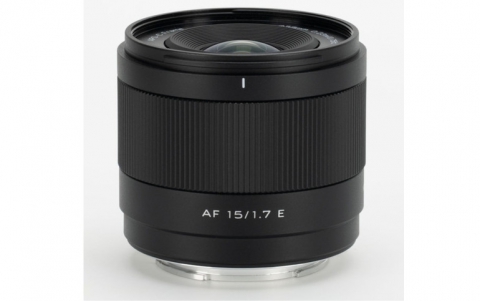
Ultra-dense Optical Storage Method Created
U.S. scientists say they've encoded an entire image's worth of data into a single photon, stored it and then retrieved the image intact.
University of Rochester researchers say the ability to squeeze that much information into so small a space and retrieve it intact opens the door to optical buffering -- the ability to store information as light.
"It sort of sounds impossible, but instead of storing just ones and zeros, we're storing an entire image," said John Howell, assistant professor of physics and leader of the study. "It's analogous to the difference between snapping a picture with a single pixel and doing it with a camera -- this is like a 6-megapixel camera."
"You can have a tremendous amount of information in a pulse of light, but normally if you try to buffer it, you can lose much of that information," said Ryan Camacho, Howell's graduate student and lead author on the article. "We're showing it's possible to pull out an enormous amount of information with an extremely high signal-to-noise ratio even with very low light levels."
"It sort of sounds impossible, but instead of storing just ones and zeros, we're storing an entire image," said John Howell, assistant professor of physics and leader of the study. "It's analogous to the difference between snapping a picture with a single pixel and doing it with a camera -- this is like a 6-megapixel camera."
"You can have a tremendous amount of information in a pulse of light, but normally if you try to buffer it, you can lose much of that information," said Ryan Camacho, Howell's graduate student and lead author on the article. "We're showing it's possible to pull out an enormous amount of information with an extremely high signal-to-noise ratio even with very low light levels."













